Sharks have long been the subject of fear and fascination. Their portrayal in popular media often paints them as ruthless predators who target humans without hesitation. However, this image is far from accurate. While particular shark species have been involved in unprovoked attacks, these incidents are extremely rare; many sharks, however, play vital roles in maintaining healthy ocean ecosystems. In truth, most sharks are not dangerous to humans, and those that are often act out of confusion or curiosity rather than aggression.
This article explores ten of the most dangerous shark species based on documented incidents, behavioral patterns, and their interactions with humans. At the same time, it aims to dispel common myths and explain why these sharks are not the villains they are often made out to be.
1. Great White Shark (Carcharodon carcharias)
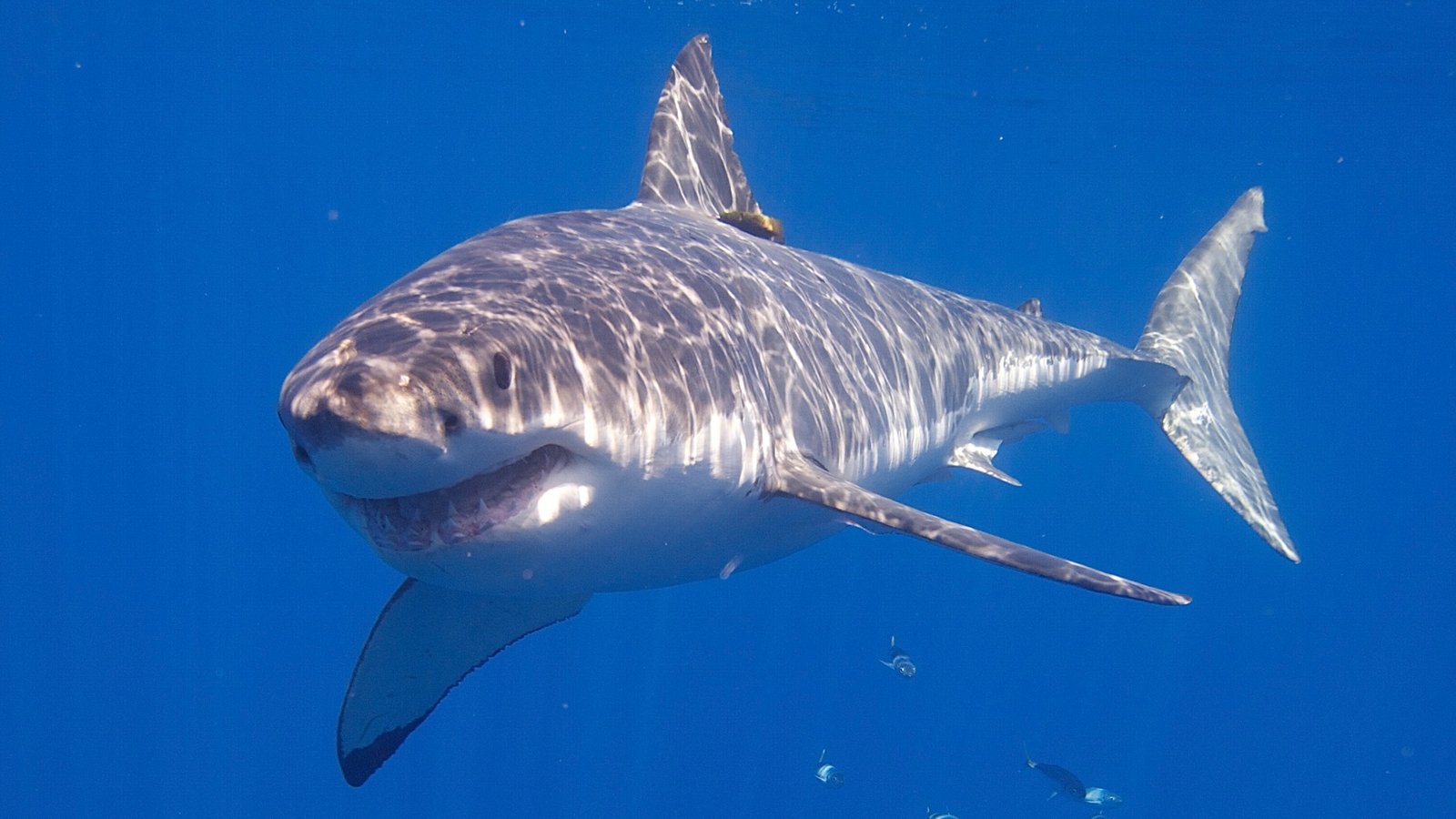
The great white shark is often labeled the most dangerous shark in the world, largely due to its involvement in the highest number of recorded unprovoked attacks on humans. With powerful jaws and rows of serrated teeth, it can grow up to 20 feet long and weigh over 4,000 pounds. These sharks are found in coastal surface waters in nearly all major oceans, particularly in areas where seal populations are abundant.
Despite their fearsome reputation, great whites do not typically hunt humans. Most attacks are believed to be a case of mistaken identity, where the shark confuses a swimmer or surfer for its natural prey, such as seals. In many cases, the shark takes a single bite before swimming away. These incidents highlight curiosity rather than predation.
2. Tiger Shark (Galeocerdo cuvier)
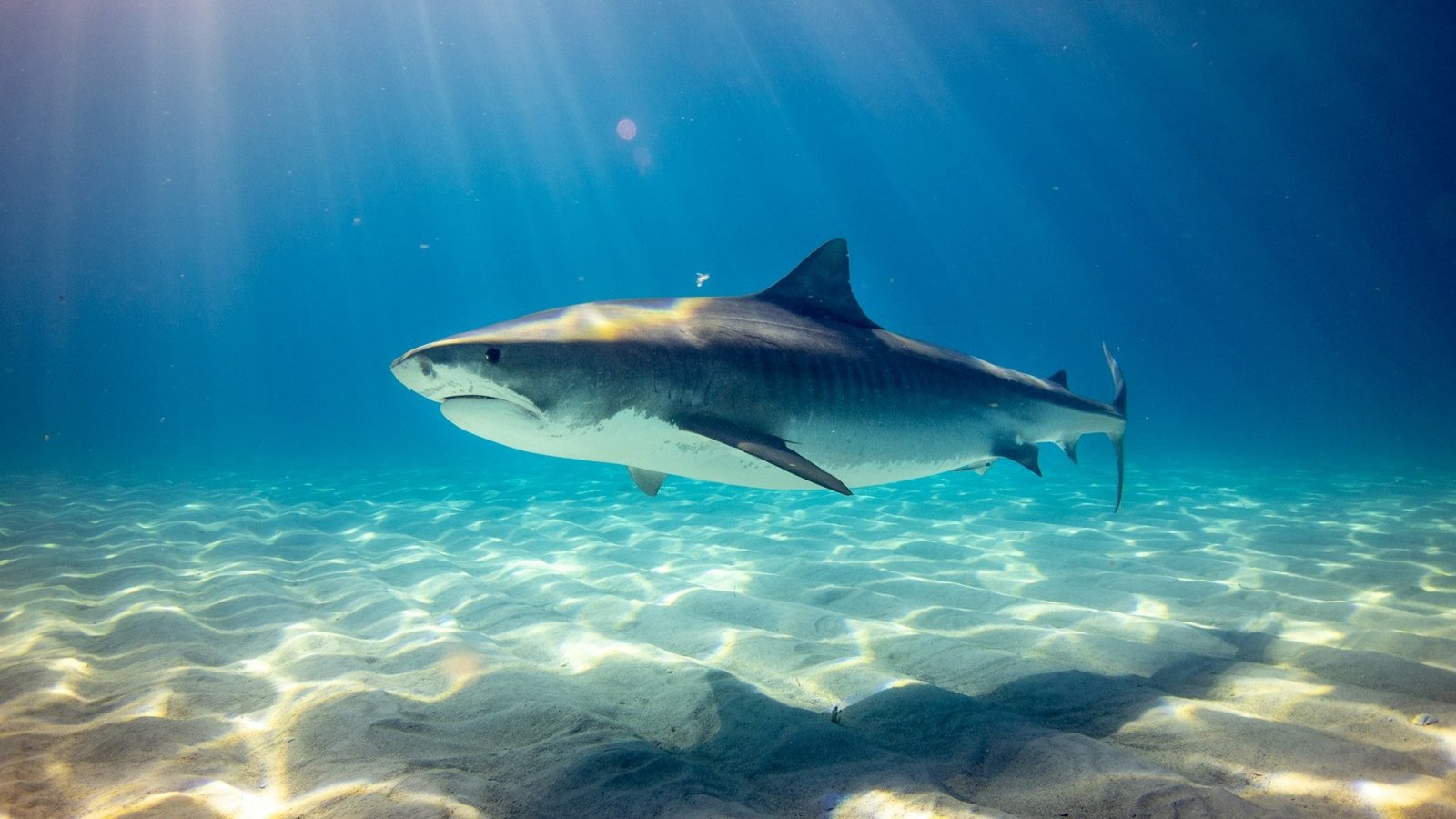
Known for their broad diet and distinctive striped pattern, tiger sharks are second only to great whites in confirmed unprovoked attacks on humans. They can grow over 16 feet long and are commonly found in tropical and subtropical waters, especially around the Pacific islands. Their powerful jaws and reputation for eating almost anything have earned them the nickname “garbage cans of the sea.”
Tiger sharks are often misunderstood because of their opportunistic feeding behavior. While they do approach humans more frequently than some species, it is usually out of curiosity. Their boldness is often misinterpreted as aggression, but they are not typically hunting people. Like many sharks, they play a crucial role in regulating marine populations.
3. Bull Shark (Carcharhinus leucas)

Bull sharks are unique among large sharks in their ability to tolerate freshwater, often traveling far up rivers and into lakes. This trait, combined with their aggressive tendencies and proximity to populated areas, contributes to their reputation as one of the most dangerous sharks. They are strong, stocky, and can reach lengths of 11 feet.
Unlike many oceanic sharks, bull sharks are frequently encountered in shallow coastal waters, where people swim, fish, and surf. This overlap increases the chances of encounters. While they are more likely to display territorial behavior, attacks on humans are still very rare compared to the number of people in the water.
4. Oceanic Whitetip Shark (Carcharhinus longimanus)
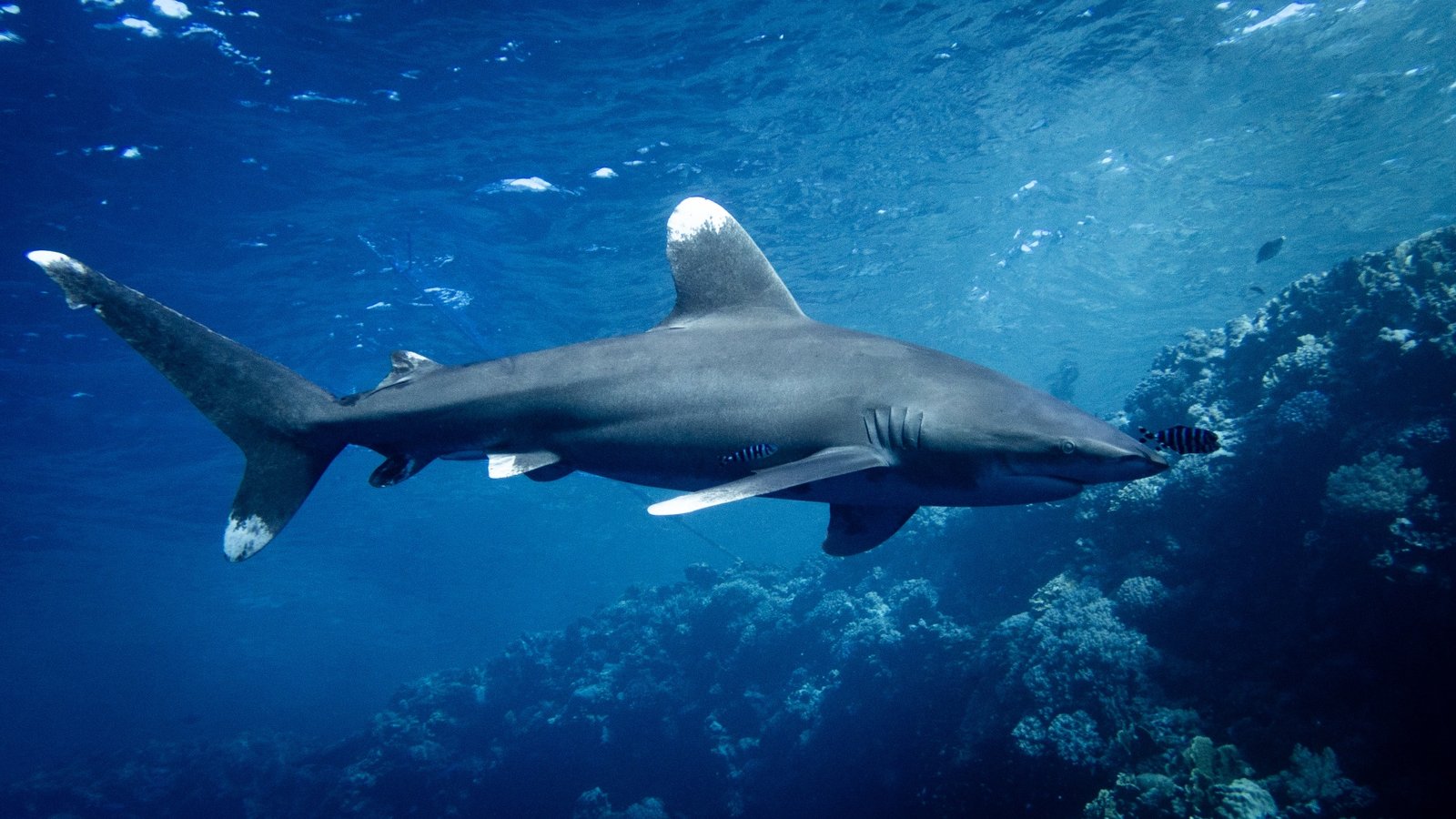
This species is less familiar to the public, but the oceanic whitetip has been involved in numerous attacks on shipwreck survivors and downed aircraft crews, particularly during wartime. These sharks are found in deep, open ocean waters and have long, rounded pectoral fins tipped with white markings.
Their association with maritime disasters has fueled their fearsome reputation. However, these incidents are not typical of their behavior. Oceanic whitetips are naturally inquisitive and tend to approach floating objects or disturbances in the water, which explains their presence during shipwreck scenarios. In normal circumstances, they rarely encounter humans.
5. Shortfin Mako Shark (Isurus oxyrinchus)
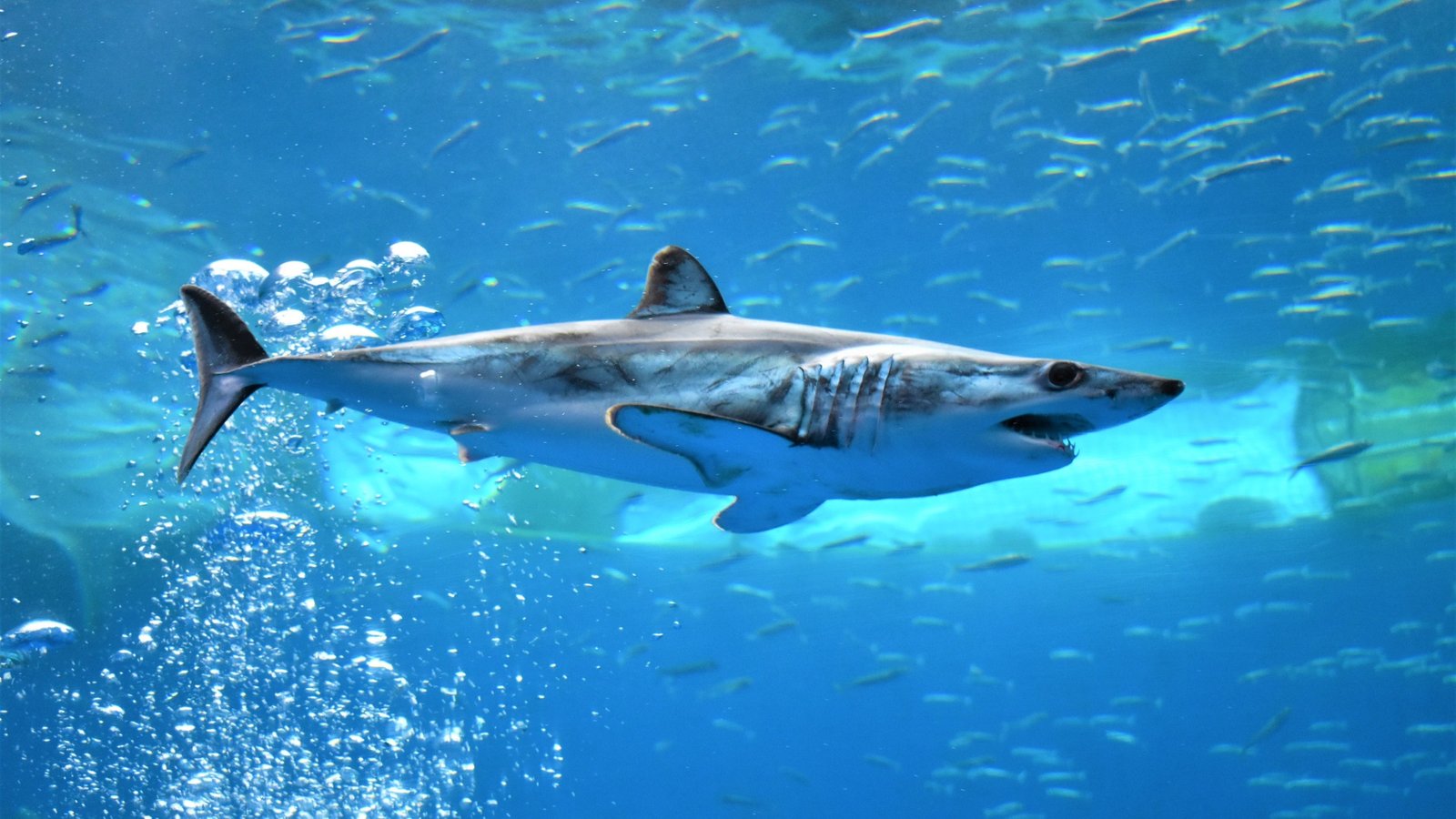
The shortfin mako is the fastest shark in the ocean, capable of reaching speeds up to 45 miles per hour. It has a sleek, torpedo-shaped body built for speed and often leaps out of the water during hunting. While makos are primarily fish eaters, they have occasionally bitten humans, mostly in situations involving fishing lines or boats.
Most human interactions with makos occur when the sharks are caught and respond defensively. These sharks are not known to target swimmers or divers and typically avoid humans in their natural habitat. Their speed and strength make them impressive, but not inherently dangerous to people.
6. Hammerhead Shark (Sphyrna spp.)
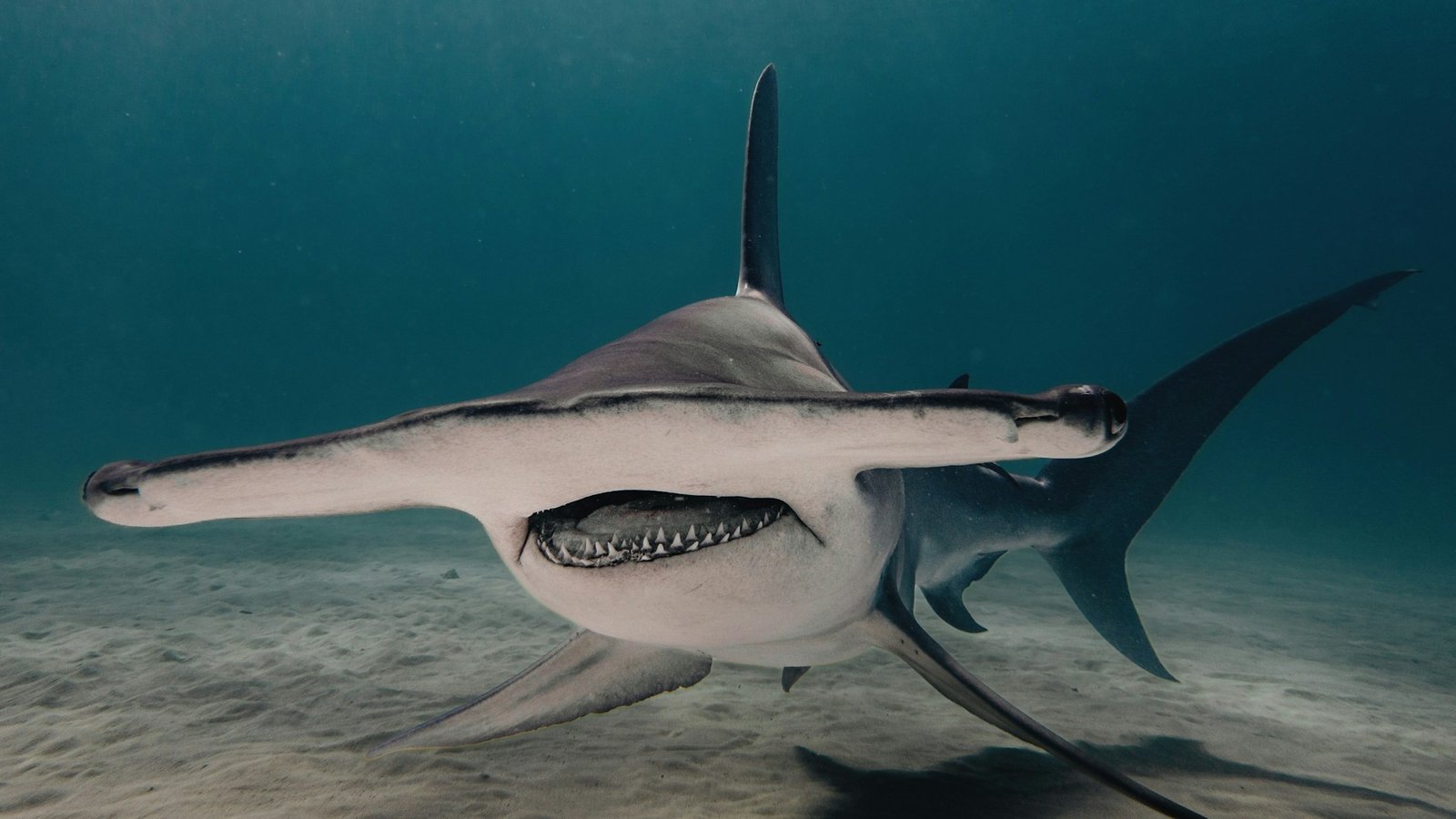
Hammerhead sharks are easily recognized by their distinctive, wide, and flat heads, which provide them with enhanced sensory perception. Of the nine species, the great hammerhead is the largest, reaching lengths over 18 feet. Although they may appear intimidating, attacks on humans are extremely rare.
Hammerheads usually feed on stingrays, fish, and crustaceans, using their uniquely shaped heads to pin prey to the seafloor. Their shy nature makes them less likely to approach humans, and they are considered more curious than aggressive. Their inclusion in this list is more a matter of appearance than actual danger.
7. Blacktip Shark (Carcharhinus limbatus)
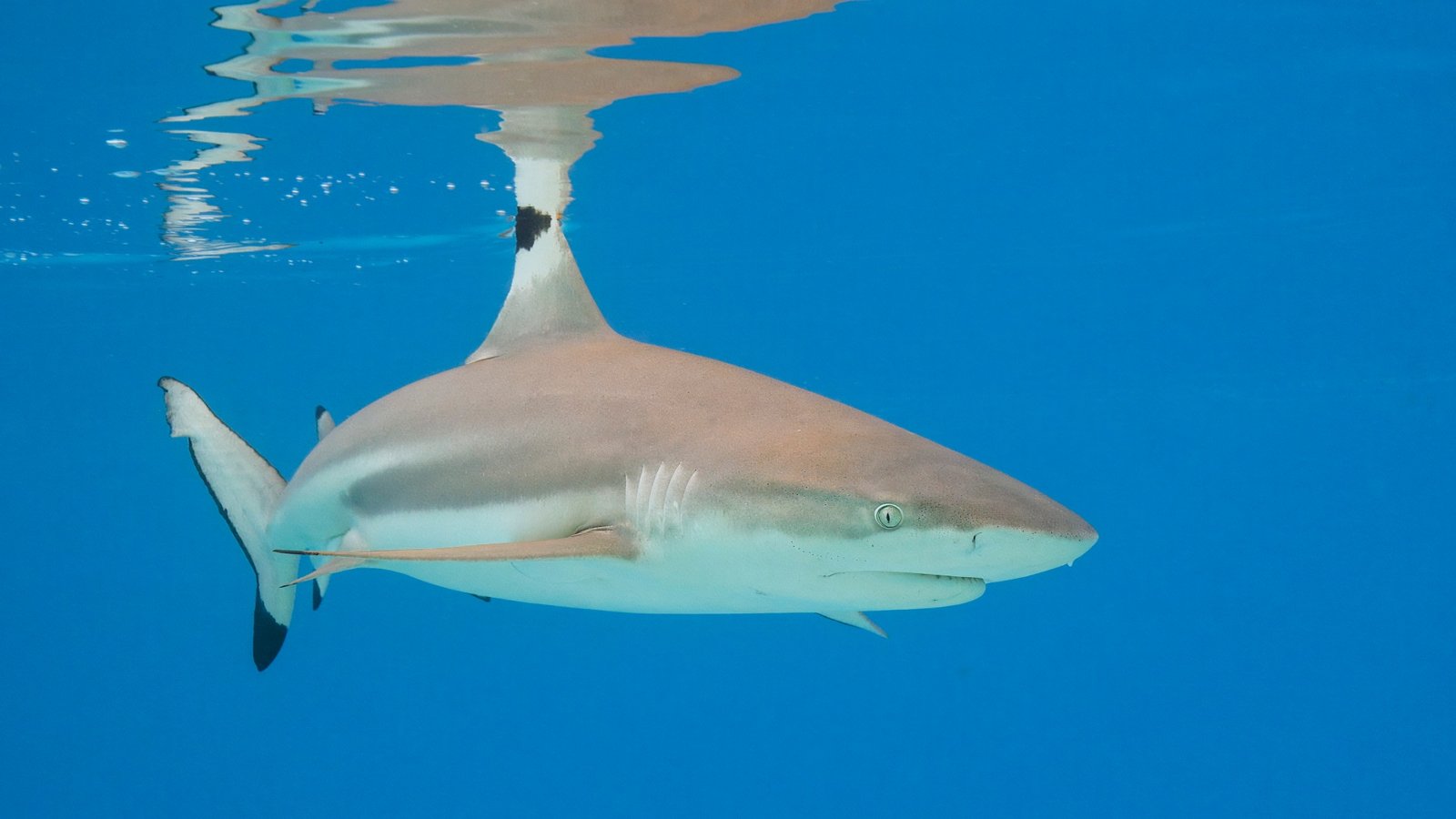
Blacktip sharks are swift swimmers that frequently leap out of the water while hunting. They are common in warm, shallow waters and are sometimes seen near beaches, which has led to occasional bites. These sharks typically grow to approximately 5 feet in length and primarily feed on small fish.
Most bites by blacktip sharks are minor and non-fatal, often occurring when a swimmer inadvertently gets too close during feeding activity. Their energetic hunting style can make them seem aggressive, but they rarely pose a real threat to humans.
8. Blue Shark (Prionace glauca)
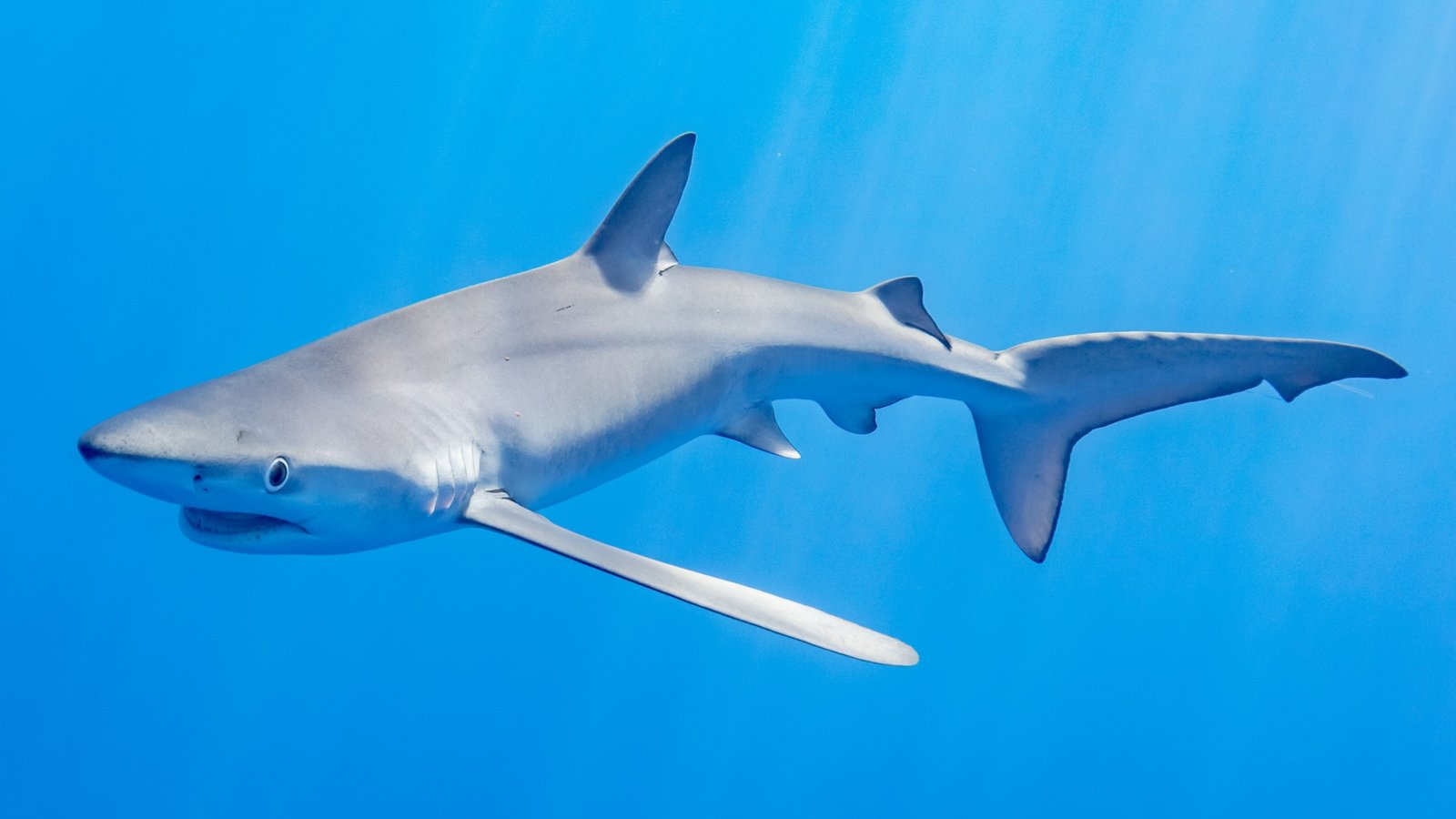
Blue sharks are slender, graceful swimmers known for their vibrant blue coloration. They inhabit temperate and tropical oceans worldwide, often in deep offshore waters. Although there have been a few recorded incidents involving humans, these sharks are generally docile.
Encounters with blue sharks are rare, and they typically avoid humans. Most bites have occurred in situations where the shark was provoked or caught on a fishing line. Their appearance on this list is more about caution than real danger.
9. Sand Tiger Shark (Carcharias taurus)
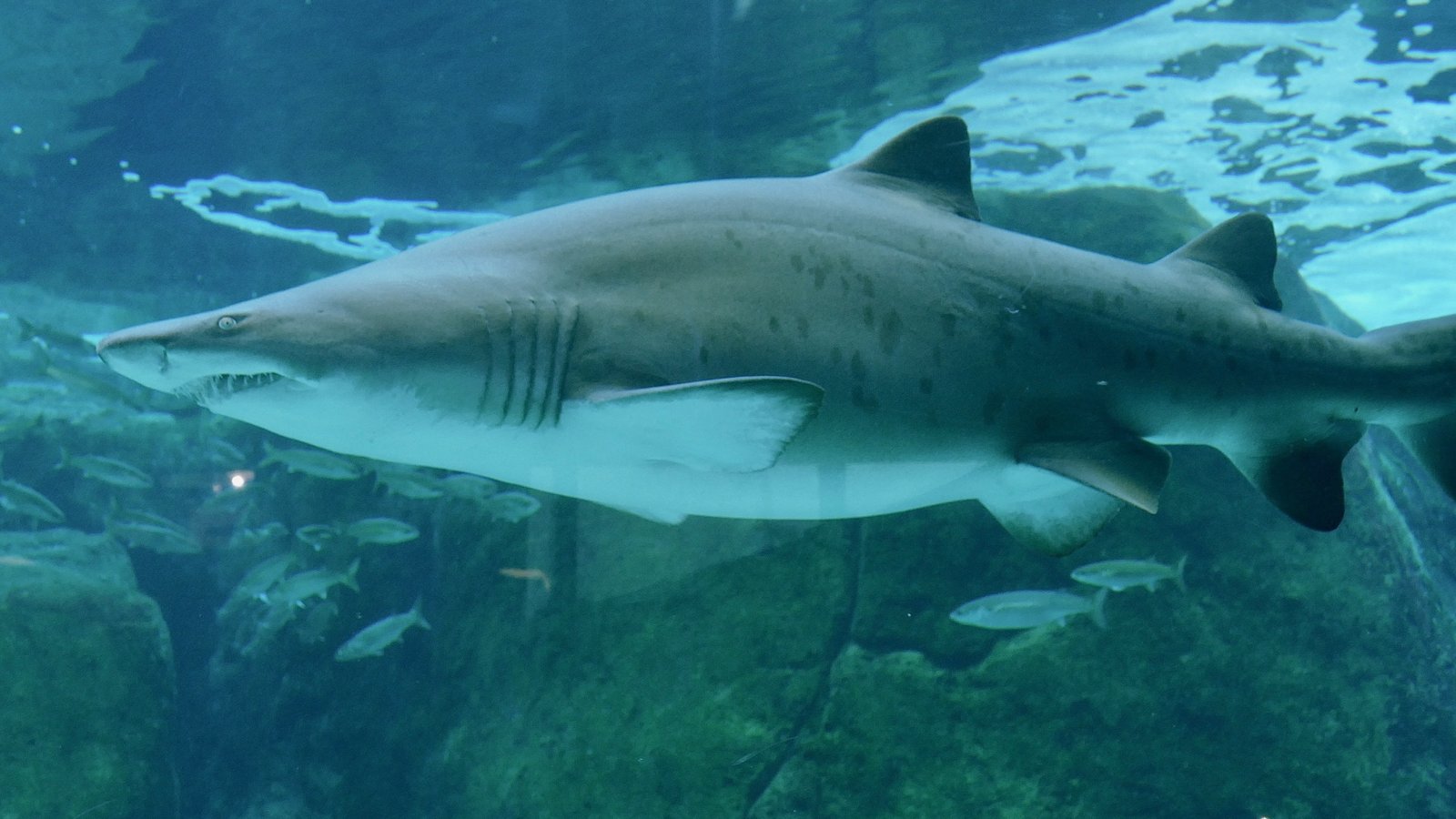
Despite its menacing appearance and rows of visible teeth, the sand tiger shark is surprisingly placid. Found in coastal waters and often near shipwrecks or reefs, it can grow to over 10 feet long. Sand tigers are slow-moving and tend to hover motionless, making them appear more threatening than they are.
These sharks have been involved in a few unprovoked attacks, but they are not aggressive unless provoked. Divers often encounter sand tigers without incident. Their fearsome look often leads to misunderstanding, overshadowing their relatively calm nature.
10. Silky Shark (Carcharhinus falciformis)
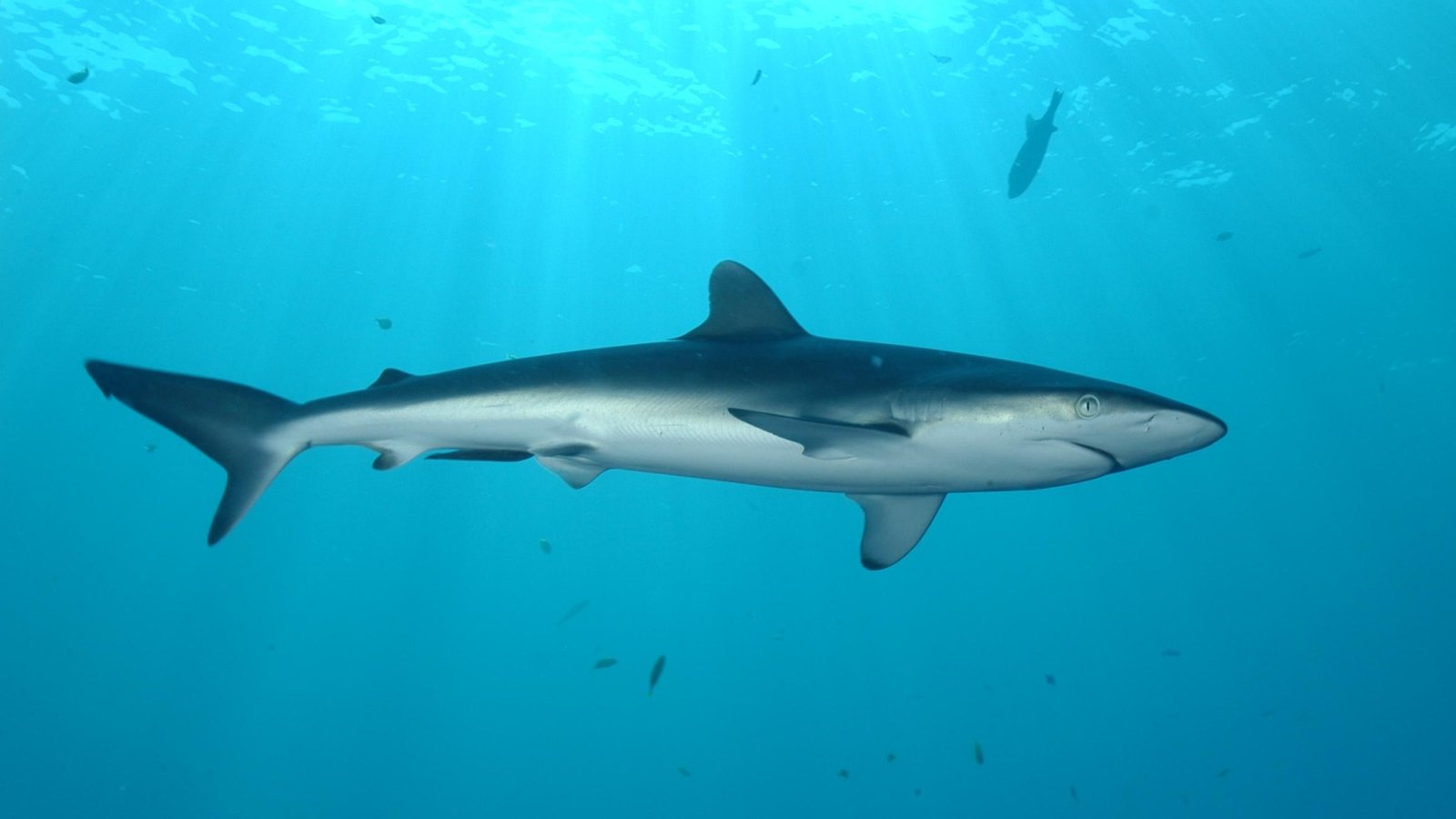
Named for the smooth texture of their skin, silky sharks are common in tropical oceans and are often found around reefs and offshore fish aggregations. They grow up to 11 feet long and have a reputation for persistence, often following fishing boats for extended periods.
Silky sharks can be bold and inquisitive, especially around food sources. This behavior can be mistaken for aggression, but they rarely pose a direct threat to humans. Their confidence can be unnerving, but they are not known for unprovoked attacks.
Final Thoughts

While some shark species have been involved in incidents with humans, it is essential to acknowledge that these cases are rare and often result from curiosity or mistaken identity. Most sharks do not see humans as prey and prefer to avoid contact altogether. Unfortunately, myths and sensationalized stories have led to widespread fear and misunderstanding.
By learning more about shark behavior and their ecological importance, we can begin to appreciate these animals for what they are: essential guardians of ocean health, not monsters of the deep. Understanding the truth about sharks can lead to better conservation efforts and a more balanced relationship between humans and the marine world.

